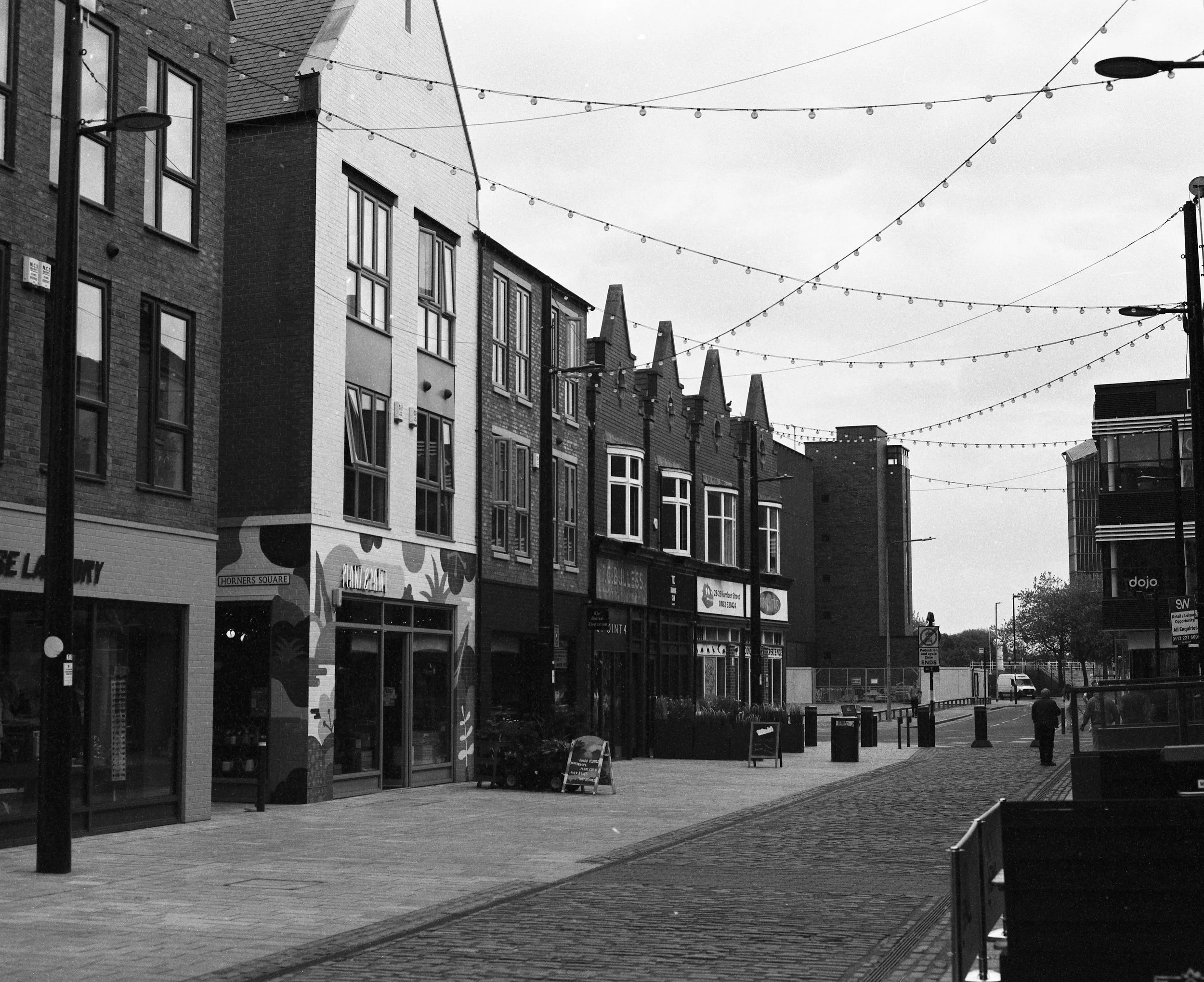I pointed the Rabbit at Hull MakerSpace last night at the meetup (which was great fun by the way) and it came up with the above description, which I think is about right (although it is not really that messy). Holding a conversation is fun and context is maintained very well. I’ve not tried getting it to do something, but if they ever release a way of creating your own scripts and whatnot (and they are scripts - I don’t think the Large Action Model is really a thing just yet) then I’ll be tempted to have a go.
I’m not sure how much I’ll use my Rabbit, although it is nice to have something you can just ask a question any time. If I was using my phone or computer I’d have to stop what I was doing, find the appropriate application and enter the question. And then I’d forget what I asked and have to ask it again. With the Rabbit you get a RabbitHole web page that gives you a lovely time sequence of questions and answers which you can go back through.
I guess my biggest concern is whether the Rabbit will still be here in a year’s time. It was sold as a device that gives you free access to a high quality large language model and it does that in a responsive and useable way. But that model is not sustainable in the long run. All of the devices that I mentioned at the top (with the exception of Windows Phone) failed because they used backend servers that needed to be paid for.
I’d be happy to pay a subscription for my Rabbit (or better yet roll that subscription into what I’m already paying for ChatGPT). However, I don’t think enough of the other Rabbit users will be happy to do that. So unless someone with deep pockets and a long term eye for market share steps in I’m afraid that in a while my Rabbit will in a box in the loft alongside all the other next big things up there. But I’m enjoying it for now. It’s an interesting signpost on the road to where we are all headed.







































